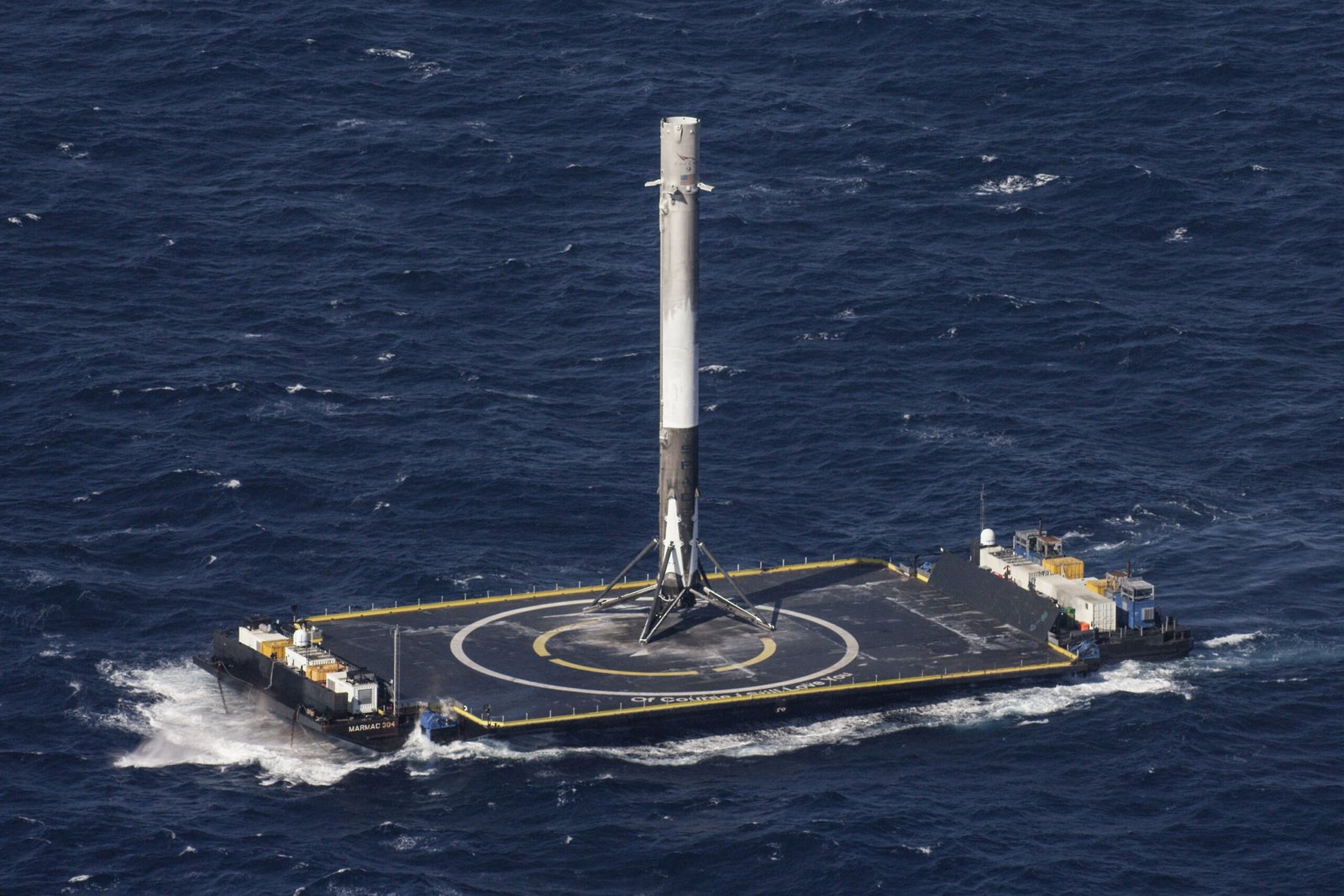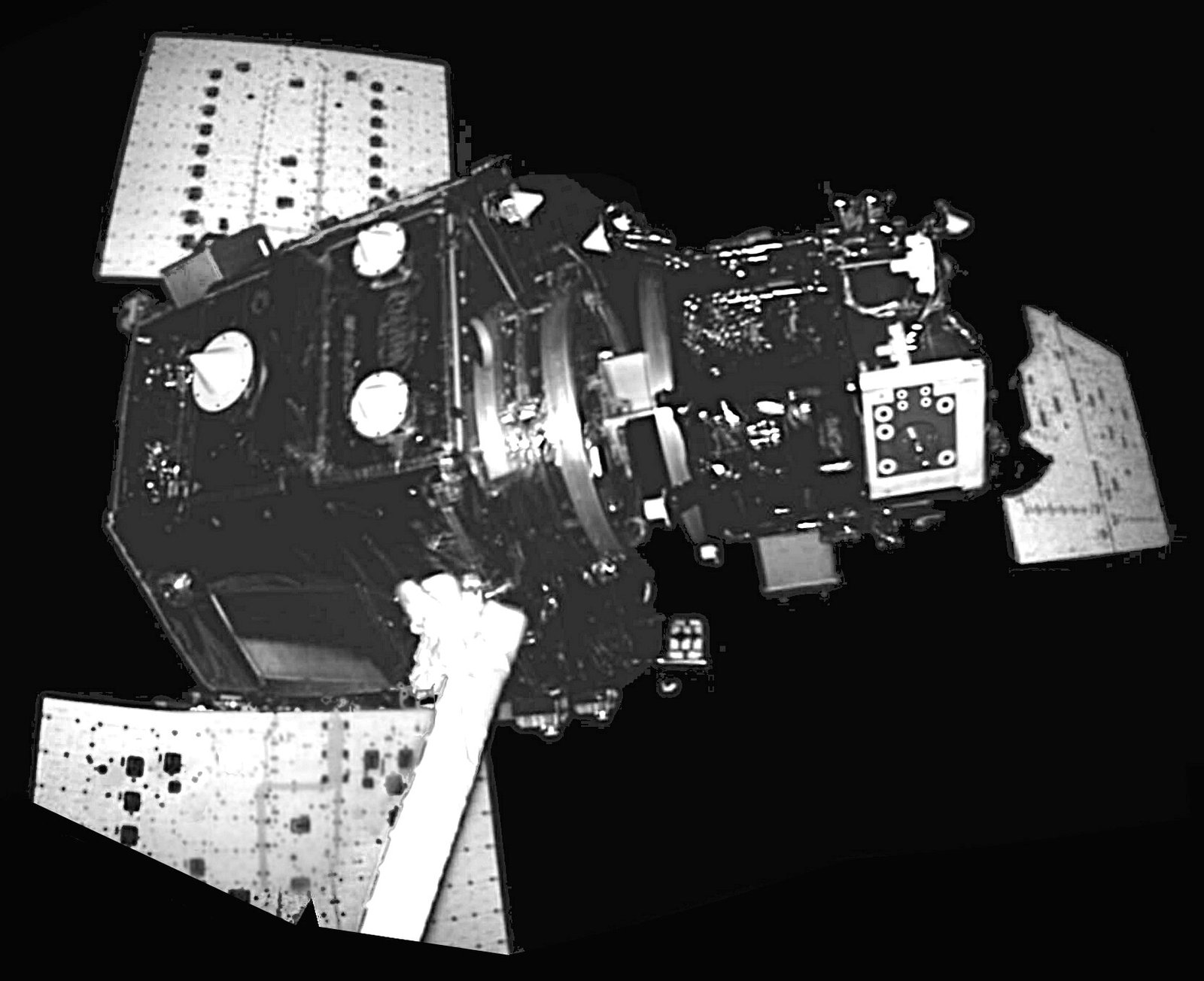The night sky used to be a place of wonder—an endless expanse where dreams of exploration and discovery soared. Today, that sky is busy with streaks of light, satellites whizzing by, and the hum of human ambition reaching farther than ever before. But behind the wonder lies a question that rattles quietly: as companies like SpaceX launch thousands of satellites and partner with military agencies, where do we draw the line between peaceful exploration and the shadow of war? The boundary between civilian technology and defense is blurring, and the implications stretch far beyond the stars. Are we witnessing the dawn of a new era, or the quiet militarization of our final frontier?
The Rise of SpaceX: Revolutionizing Access to Space

SpaceX, founded by Elon Musk in 2002, began as a dream to make space affordable and accessible for everyone. With its reusable rockets and audacious goals, SpaceX has shattered traditional barriers, turning what was once government territory into a playground for private innovation. The company’s Falcon 9 rocket lands upright on drone ships, something that seemed like science fiction just a decade ago. Launch costs have plummeted, and missions that once took years to plan now unfold with astonishing regularity. This democratization of spaceflight has inspired awe but also sparked a new race to fill the skies. The rapid expansion of private launches means the line between civilian and military purposes grows fuzzier with every mission.
Civilian Ambitions: Internet, Exploration, and Beyond
At first glance, SpaceX’s goals appear purely civilian—bringing high-speed internet to remote areas with Starlink, launching astronauts to the International Space Station, and even planning missions to Mars. Starlink alone has the potential to connect rural communities, enable remote learning, and bridge digital divides across continents. Kids in the deepest parts of the Amazon or the heart of Africa might soon surf the web as easily as those in New York or London. These ambitions ignite hope and possibility, painting a picture of a connected and collaborative planet. However, the same technology that beams internet to schools can also transmit orders to military units and control drones, blurring the noble with the necessary.
The Strategic Importance of Low-Earth Orbit

Low-Earth orbit (LEO) has become the new high ground, a vantage point coveted by nations and corporations alike. Satellites in LEO can snap real-time images, monitor climate change, and track the movement of ships and planes with breathtaking accuracy. For militaries, this means unprecedented surveillance capabilities and faster communication, giving them an edge in conflicts or emergencies. The proliferation of satellites—many launched by SpaceX—turns LEO into a strategic chessboard. Each new satellite isn’t just a tool for science or commerce; it’s a piece in a global struggle for information and influence.
SpaceX and Defense Contracts: Blurring the Boundaries

While SpaceX’s public face beams with the excitement of exploration, its private dealings often involve the U.S. Department of Defense and intelligence agencies. The company has launched classified government payloads, provided secure communication networks, and even worked on rapid satellite deployment for military use. Starlink terminals have been spotted in conflict zones, offering resilient connections where traditional networks fail. This dual-use nature of technology—where one tool serves both civilian and military ends—raises challenging questions. When does helping soldiers communicate become an act of war? How do we separate peaceful advancement from strategic advantage?
The Weaponization of Satellites: Reality or Hype?
The idea of weaponized satellites conjures images of laser battles and space dogfights straight from a blockbuster movie. In reality, most satellites serve mundane roles—relaying data, taking pictures, or broadcasting TV. Yet, the potential for weaponization exists. Satellites can jam signals, blind enemy eyes, or even physically collide with rival spacecraft. The very presence of so many satellites, and the ability to replace them quickly, could tempt nations to use space as an arena for conflict. The fear is that one wrong move could set off a chain reaction, turning the sky into a battlefield littered with debris.
International Treaties and the Rules of Space
Since the dawn of the space age, treaties like the Outer Space Treaty of 1967 have tried to keep the peace above our heads. These agreements forbid the placement of weapons of mass destruction in orbit and encourage peaceful use of space. But enforcement is tricky, and the rapid pace of technological change often outstrips the slow churn of diplomacy. New players, both private and public, constantly test the boundaries of these rules. SpaceX’s activities, while often within the letter of the law, sometimes walk a fine line that lawmakers struggle to define.
Commercial Competition and the New Space Race

SpaceX isn’t alone in the race to fill the skies. Companies like Amazon’s Project Kuiper and OneWeb are launching their own constellations, creating a crowded and competitive marketplace. This commercial frenzy has positive effects—innovation, job creation, and lower costs for consumers. But it also means more satellites, more orbital congestion, and greater risk of accidents. The competition pushes companies to move quickly, sometimes at the expense of careful planning or international cooperation. The race for market dominance could easily spill into a race for military superiority, especially if governments see private companies as extensions of their own power.
National Security: Space as a Military Domain
The military now sees space as a critical domain, on par with land, sea, and air. The creation of the U.S. Space Force in 2019 marked a turning point, officially recognizing the strategic importance of space. SpaceX’s ability to rapidly launch and replace satellites makes it an invaluable partner for national defense. Secure communication, global positioning, and real-time intelligence all depend on reliable access to orbit. As threats evolve—from cyberattacks to anti-satellite missiles—the military’s reliance on commercial providers like SpaceX only deepens, entwining their fates more tightly.
Transparency, Ethics, and Accountability
With great power comes great responsibility. The actions of companies like SpaceX affect not only their customers but the entire world. Questions of transparency and ethics grow louder as the potential for misuse increases. Who decides how satellite data is used? What safeguards prevent civilian technology from fueling conflict? Calls for international oversight and clear codes of conduct echo across diplomatic circles. Yet, the rapid pace of innovation often leaves ethics lagging behind, creating gaps that can be exploited by those with less noble intentions.
The Future of Orbit: Cooperation or Confrontation?

The future of space depends on the choices we make today. Will orbit become a realm of cooperation, where nations and companies share resources, avert disasters, and explore together? Or will it spiral into confrontation, marked by secrecy, rivalry, and the ever-present threat of conflict? The stakes are high. The satellites we send up today could shape the destiny of generations to come, determining whether space remains a place of hope or a theater of war. The challenge is to find balance—a line between curiosity and caution, ambition and restraint.
A World Watching the Skies
Every launch now captures the world’s attention, a reminder of our shared fascination with the cosmos. Children press their faces to windows, dreamers watch rockets rise, and leaders ponder the implications of every new satellite. The story of SpaceX and the militarization of orbit is not just about technology or politics—it’s about who we are as a species. As we reach for the stars, we must ask ourselves: are we building a bridge to a brighter future, or laying the groundwork for conflict in the heavens? Where would you draw the line?



